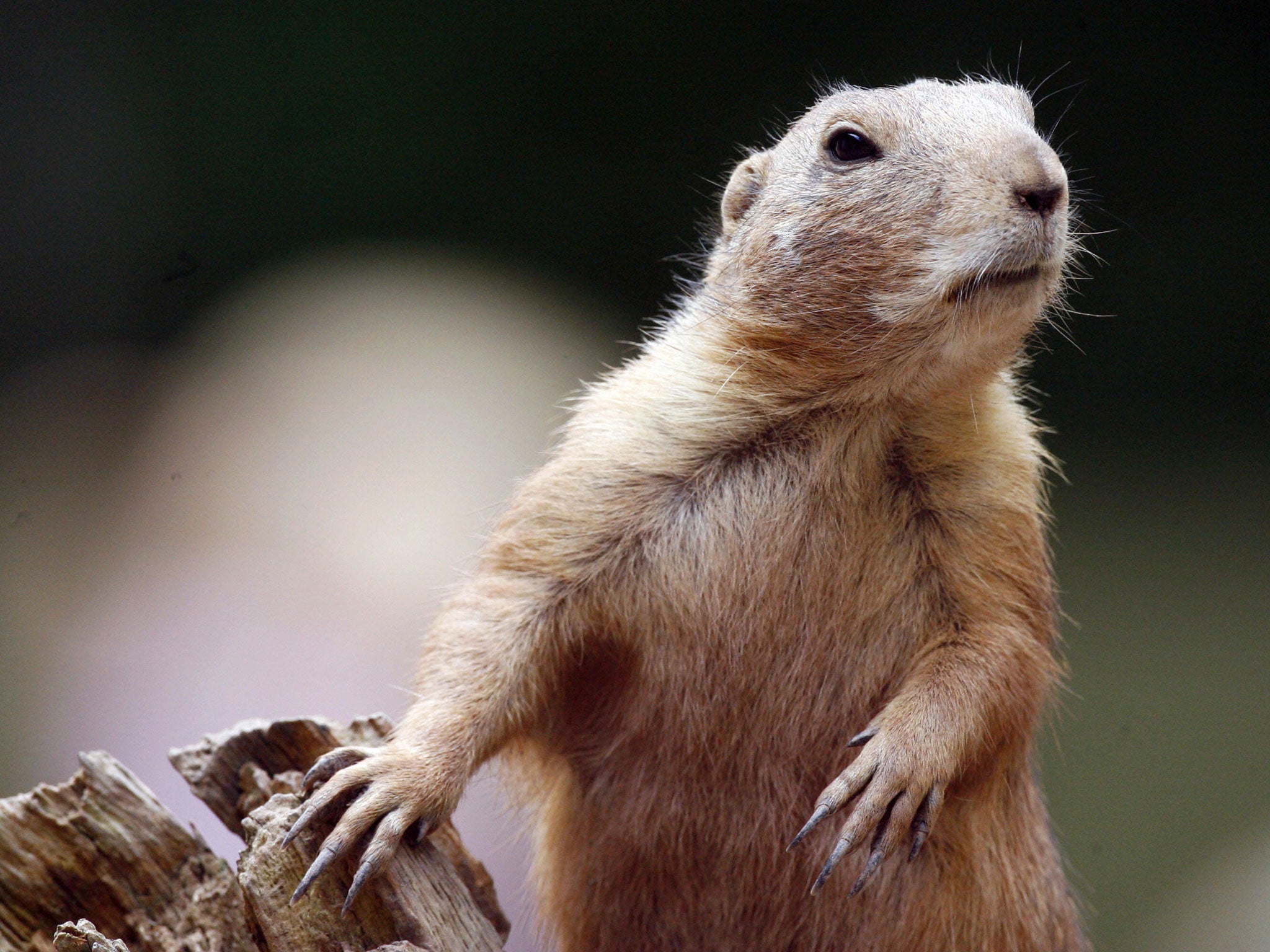Prairie dogs and their 'contagious' Mexican wave explained
Study suggests the animals use the wave-like move to test alertness

Your support helps us to tell the story
From reproductive rights to climate change to Big Tech, The Independent is on the ground when the story is developing. Whether it's investigating the financials of Elon Musk's pro-Trump PAC or producing our latest documentary, 'The A Word', which shines a light on the American women fighting for reproductive rights, we know how important it is to parse out the facts from the messaging.
At such a critical moment in US history, we need reporters on the ground. Your donation allows us to keep sending journalists to speak to both sides of the story.
The Independent is trusted by Americans across the entire political spectrum. And unlike many other quality news outlets, we choose not to lock Americans out of our reporting and analysis with paywalls. We believe quality journalism should be available to everyone, paid for by those who can afford it.
Your support makes all the difference.Researchers believe they may have discovered why black-tailed prairie dogs repeatedly perform a Mexican wave like display when in a colony.
The ‘jump-yip’ action could be to test the responsiveness of others to prevent them from being eaten by predators, according to a new study.
Professor James Hare, of the University of Manibota in Winnipeg, said the 'contagious' jump-yip tests the responsiveness of the animals' neighbours and their vigilance, assessing how much they can rely on their awareness of potential dangers.
Prof Hare and his team observed the behaviour of the animals in the wild and filmed their displays, noting that the dogs foraged less when others were less responsive to their jump-yip display. But if their neighbours were more responsive, their vigilance appeared to decrease and they foraged more.
Prof Hare said: “This fits beautifully with work on primates, including humans, which suggests that contagious displays – like yawning – provide a window into the mind of others, suggesting of course, that species probing the minds of others are aware that they are distinct from those individuals. That is to say, they are consciously aware.”
The team concluded that the jump-yip is used to gather social information about others to judge the risk of reducing their own vigilance. If prairie dogs were convinced their neighbours were paying attention, they felt comfortable devoting more time to foraging for food.
Prof Hare’s research is published in the journal Proceedings of the Royal Society B.
Join our commenting forum
Join thought-provoking conversations, follow other Independent readers and see their replies
Comments